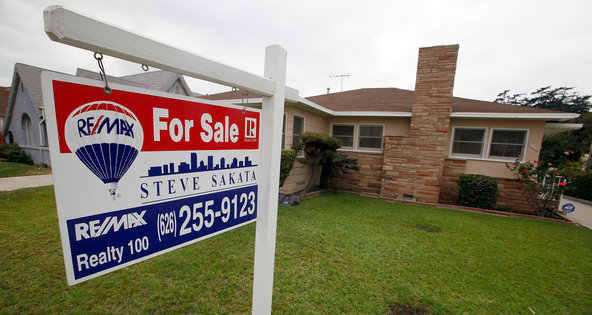
Nancy Folbre is an economics professor at the University of Massachusetts, Amherst. She recently edited and contributed to “For Love and Money: Care Provision in the United States.“
Announcing his support for an increase in the federal minimum wage to $9 an hour, President Obama called attention to the needs of children: “Even with the tax relief we’ve put in place, a family with two kids that earns the minimum wage still lives below the poverty line. That’s wrong.”
Today’s Economist
Perspectives from expert contributors.
Many Americans share his concerns: 71 percent of Americans polled in mid-February by the Pew Research Center for the People and the Press support the proposed increase, including 50 percent of Republicans.
Influential economists have announced their support as well, including many affiliated with the Initiative on Global Markets at the Booth School of Business at the University of Chicago. Of 38 economists in the group, 18 agreed, 4 disagreed, 12 were uncertain and 4 had no opinion or didn’t answer.
Every time increases in the minimum wage are proposed, a centuries-long history of concerns about the impact of the labor market on family life comes into play, setting the stage for fierce debates over regulation.
The classical political economists of the late 18th and early 19th centuries believed that the forces of supply and demand would always be constrained by the cost of subsistence, setting a floor under wages. After all, if the wages that workers received were not sufficient to keep them alive, the supply of labor would be reduced, driving wages back up again.
Because people don’t live forever, the costs of subsistence should include the costs of producing replacement workers, namely, raising children. But as many young children and unmarried women began entering wage employment in the 19th century, it became apparent that an increase in the supply of workers without family responsibilities could potentially drive average wages well below the level adequate to support children.
Market forces, in other words, could discourage, even penalize, family commitments.
In the United States, the “family values” argument for a minimum wage gained political traction on the state level long before federal legislation was passed in 1938. As the historian Alice Kessler-Harris explains, this argument bolstered efforts to reinforce traditional gender roles by discouraging the employment of married women. At the same time, it called attention to the difficulties wage earners faced in supporting dependents.
This historical legacy shows up in calculations, like the one President Obama offered above, that seem to presume that a minimum wage for one parent working full-time should be able to support not only two children but also a spouse who stays home to take care of them. Similar assumptions are often used in state-level estimates of the hourly wage required to bring a working family over the poverty line or a higher standard such as a locally designated living wage. On the other hand, these same estimates show that the costs of child care largely wipe out the net contribution of a second earner’s wage income.
As I emphasized in a previous post, conventional measures of poverty are seriously out of date. Application of the Census Bureau’s new Supplemental Poverty Measure suggests that a $9 minimum wage would not necessarily bring working families over the threshold.
Any way you look at it, adults taking responsibility for young children need considerably higher earnings than those who don’t, even taking into account the tax relief President Obama referred to (primarily the earned income tax credit).
As Lawrence Mishel of the Economic Policy Institute points out, the median worker’s real hourly compensation (real earnings plus benefits) has stagnated over the last 10 years, and the declining real value of the minimum wage has contributed to increased income inequality.
The resulting economic stresses are bad for children, bad for working parents and bad for family formation and stability. In 2010, children represented 24 percent of the United States population, but 34 percent of all those living in poverty.
Critics of the proposed increase in the minimum wage object that it would increase unemployment. But proponents point to considerable evidence, nicely summarized by Brad Plumer at The Washington Post’s Wonkblog, that this potential effect would be small or nonexistent,
Critics like the economist David Neumark also insist that the policy is not effectively aimed at poor families, because many individuals earning the minimum are young people living with their parents. But proponents like Natalie Sabadish and Doug Hall of the Economic Policy Institute emphasize that about 80 percent of workers who will be directly affected are over age 20.
Many young people earning the minimum wage are living at home. Some can’t afford to do otherwise. And while their parents may be helping them out with living expenses, the wages they earn will determine their opportunity to enroll in college, pay off their debts, save money and start a family of their own.
So, the debate circles back to the dilemma acknowledged by classical political economy in the 19th century. The forces of supply and demand, left to themselves, treat labor like any other commodity. But labor itself is produced outside the market, by families and communities who must struggle to find ways to support their contributions to the future.
Article source: http://economix.blogs.nytimes.com/2013/03/04/minimal-wages-minimal-families/?partner=rss&emc=rss
